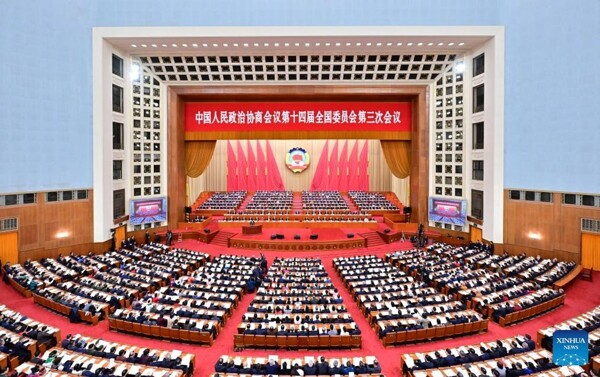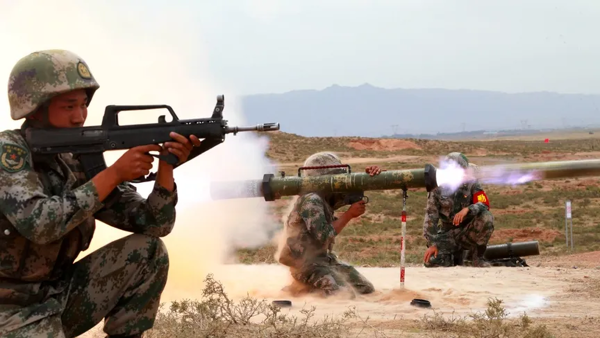The consumer price index (CPI), the main indicator of inflation in China, fell by 0.7% year-on-year in February, marking its first decline since January 2024. This percentage is 1.2 points lower than the figure recorded in January 2025, when it increased by 0.5%. The data, revealed by the National Bureau of Statistics (NBS) of China, surprised analysts who were expecting a contraction of 0.5%.
In month-on-month comparison, prices decreased by 0.2% in February, slightly below experts' expectations predicting a decrease of 0.1% compared to the previous month. Dong Lijuan, an NBS statistician, attributed this price evolution to the fact that the Lunar New Year holiday in 2025 extended from January 28 to February 4, resulting in a comparison with a higher base.
The good weather recorded in February facilitated the growth and transport of fresh vegetables, resulting in a year-on-year price decrease of these products by 12.6%. Additionally, offers and promotions on items such as automobiles negatively impacted the overall CPI by 0.16 points.
The NBS also reported on the producer price index (PPI), which measured a year-on-year decrease of 2.2% in February, a slightly less pronounced drop than in January (2.3%). According to the institution, low industrial production during the Lunar New Year and international fluctuations in oil prices were the main factors influencing this evolution.
The chief economist of Pinpoint Asset Management, Zhang Zhiwei, warned about the deflationary pressure facing the Chinese economy, despite improvements in the technology sector. Zhang recommended a more active fiscal policy with interest rate cuts to counter the weakness in domestic demand and threats to Chinese exports.
Chinese Premier Li Qiang revealed during the annual meeting of the National People's Congress an official CPI target of 2% for 2025. Although this figure represents a decline from the previous year, when it grew by 0.2%, achieving this goal is not perceived as an easy task, highlighting the challenges the country faces regarding the recovery of demand.













